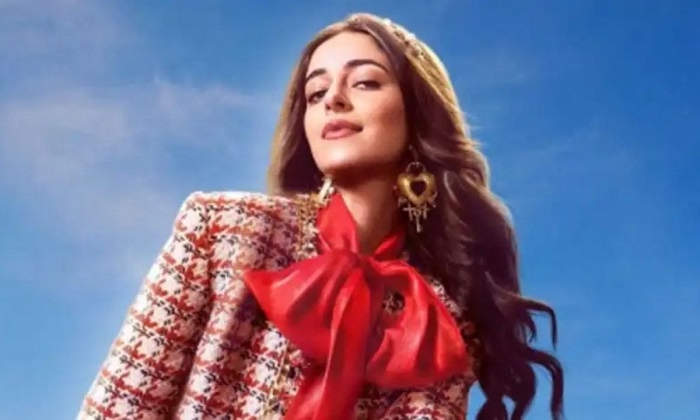The Marathi film Ananya has garnered attention for its poignant narrative and heartfelt performances. As viewers watch the movie unfold, many wonder if Ananya is based on a real story or purely a work of fiction. The film delves into themes of family, personal growth, and societal challenges, resonating with audiences across Maharashtra and beyond. But what inspired the story of Ananya? Is it adapted from true events, or is it a fictional tale crafted by the filmmakers?
Overview of Ananya — The Plot and Themes
Ananya tells the story of a young woman navigating complex family dynamics and societal expectations while trying to find her own identity. The film beautifully portrays her struggles, emotional turmoil, and eventual empowerment, making it relatable to many viewers, especially women facing similar challenges in traditional settings.
With a strong focus on relationships, personal dilemmas, and societal pressures, Ananya strikes a chord in the Marathi audience who often see reflections of their own lives on screen. The emotional depth and cultural nuances have made it a critical success in regional cinema.
Is Ananya Based on Real Events?
The filmmakers of Ananya have clarified in interviews that the movie is not a direct retelling of a single real-life story. Rather, it is inspired by a composite of real experiences shared by people from different walks of life. The scriptwriters conducted extensive research and conversations with individuals who have faced similar personal and social struggles.
This approach allows Ananya to authentically depict real emotions and situations without being confined to the facts of one person’s life. By blending various stories, the film aims to highlight universal themes and challenges that many can relate to, especially in the socio-cultural context of Maharashtra.
Why Use a Composite Story Instead of a True Biography?
There are several reasons why filmmakers prefer to create a fictional story inspired by real experiences:
- Privacy and Sensitivity: Real-life stories often involve personal and sensitive details that may be difficult or inappropriate to portray publicly.
- Creative Freedom: Fiction allows writers to craft a narrative that is cohesive, dramatic, and emotionally engaging while still reflecting truth.
- Broader Representation: Combining multiple experiences into one story helps capture a wider range of issues and emotions, making the film more inclusive.
- Avoiding Legal Issues: Using real names and events can sometimes lead to legal complications, which fiction helps avoid.
Ananya uses this method effectively, resulting in a story that feels real without being a biography.
The Social Context Reflected in Ananya
While Ananya may not be a literal true story, it is rooted in the realities of many women in Maharashtra and across India. The film addresses issues such as:
- Gender Roles and Expectations: The protagonist struggles with societal pressure to conform to traditional gender roles.
- Family Dynamics: Complex relationships within families, including generational gaps and misunderstandings, are central to the plot.
- Personal Ambitions vs. Social Norms: The tension between individual desires and societal expectations is a key theme.
- Empowerment and Self-Discovery: The journey towards self-empowerment and reclaiming identity is a powerful message of the film.
These themes are reflective of ongoing conversations in Marathi society and resonate deeply with audiences.
Impact of Ananya on Marathi Cinema and Audiences
Ananya has contributed to the growing trend of socially conscious Marathi films that focus on women’s stories and social issues. Marathi cinema has been lauded for its realistic storytelling, and Ananya fits well into this tradition.
Audience responses highlight how the film has encouraged reflection and dialogue about the challenges faced by women in balancing tradition and modernity. The film’s success also shows a demand for movies that engage with real-life concerns in meaningful ways.
Real-Life Inspiration: Stories Behind the Film
Though Ananya is fictional, the filmmakers drew inspiration from several real-life sources:
- Interviews with women from different socio-economic backgrounds in Maharashtra.
- Observations of changing family structures and societal attitudes.
- Accounts of struggles with mental health, independence, and societal judgment.
These insights helped shape a script that is both authentic and emotionally compelling.
While Ananya (Marathi movie) is not based on one specific true story, it captures the essence of many real experiences. The film uses a fictional narrative to explore important themes relevant to contemporary Marathi society. Its success lies in its emotional honesty and the universality of its themes, allowing viewers to see their own stories reflected on screen.
By combining elements from various real-life experiences, Ananya offers an insightful look into the challenges and triumphs of women in modern India, making it an important addition to Marathi cinema’s socially conscious storytelling.



